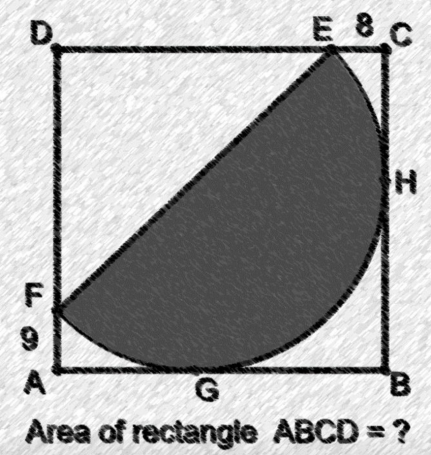
AllQuestion and Answers: Page 273
Question Number 194406 Answers: 2 Comments: 0

Question Number 194401 Answers: 0 Comments: 0
Question Number 194389 Answers: 1 Comments: 0
$$\sqrt{\sqrt{\mathrm{49}+\mathrm{20}\sqrt{\mathrm{6}}}}=? \\ $$
Question Number 194388 Answers: 0 Comments: 0
Question Number 194386 Answers: 1 Comments: 0
Question Number 194384 Answers: 0 Comments: 1

Question Number 194383 Answers: 0 Comments: 0

Question Number 194373 Answers: 0 Comments: 0
Question Number 194363 Answers: 1 Comments: 1

Question Number 194359 Answers: 1 Comments: 1
Question Number 194352 Answers: 0 Comments: 0
Question Number 194350 Answers: 2 Comments: 0

Question Number 194344 Answers: 2 Comments: 0

Question Number 194343 Answers: 3 Comments: 0
$$\lfloor\mathrm{9}.\overset{−} {\mathrm{9}}\rfloor\:=\:? \\ $$
Question Number 194338 Answers: 2 Comments: 0

Question Number 194335 Answers: 1 Comments: 0

Question Number 194334 Answers: 0 Comments: 2
Question Number 194331 Answers: 1 Comments: 0

Question Number 194327 Answers: 1 Comments: 0
Question Number 194326 Answers: 1 Comments: 0
Question Number 194325 Answers: 1 Comments: 0
Question Number 194322 Answers: 0 Comments: 0

Question Number 194321 Answers: 1 Comments: 0
Question Number 194317 Answers: 0 Comments: 0

Question Number 194316 Answers: 0 Comments: 1
Question Number 194315 Answers: 1 Comments: 0
Pg 268 Pg 269 Pg 270 Pg 271 Pg 272 Pg 273 Pg 274 Pg 275 Pg 276 Pg 277
